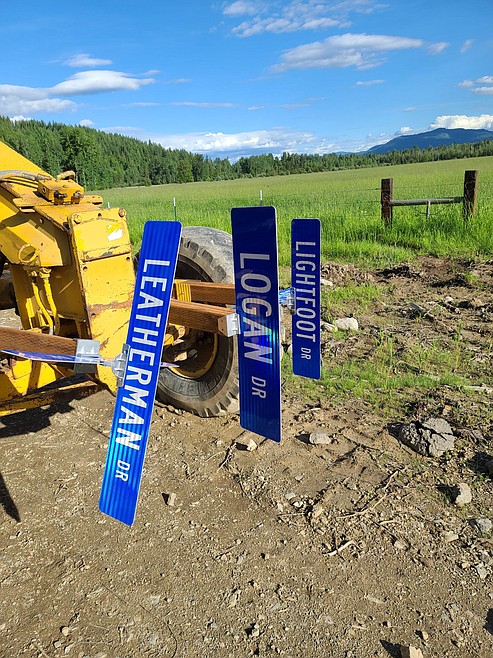Septic situation sparks concern
Editor's note: This story has been edited to correct errors of fact surrounding Jacob Marble and Josh Pilch and their involvement with alleged current issues regarding the Mountain Homestead subdivision. The Daily Bee apologizes for this error. Their comments have been included below for a more balanced and accurate story...
You have read all of your free articles this month. Select a plan below to start your subscription today.
Already a subscriber?
Login
Become a Subscriber!
Daily Bee SPECIAL 12 weeks - Print & Digital Carrier Delivery
*12 weeks then converts to $54.60/13 weeks
Daily Bee Unlimited Digital Access
*Access via computer, tablet or mobile device



